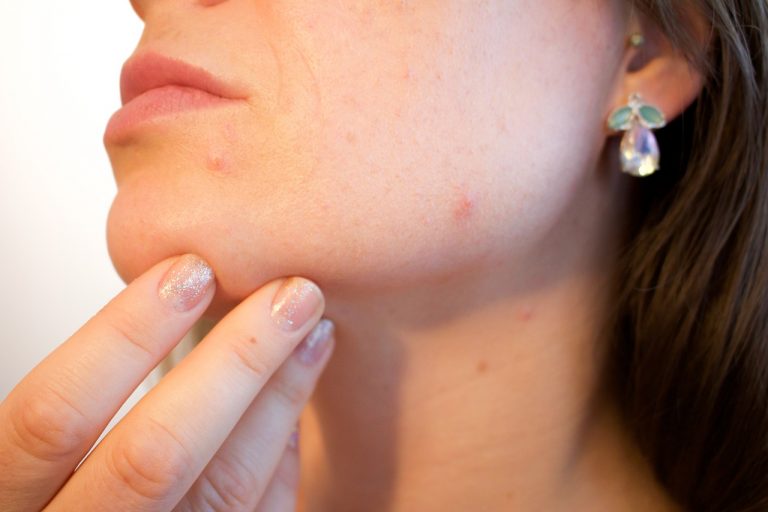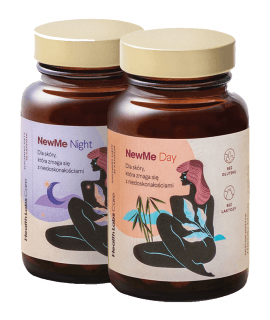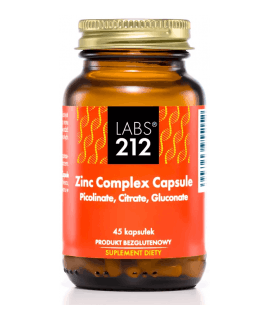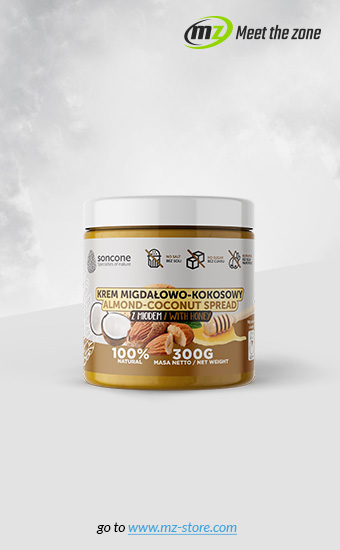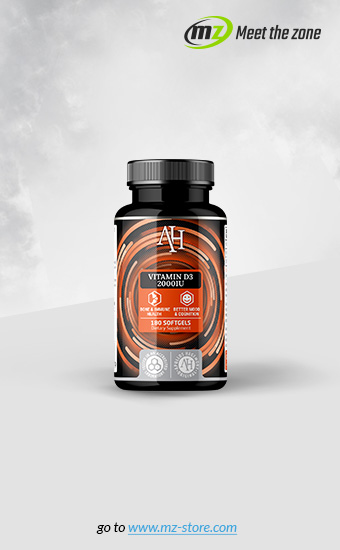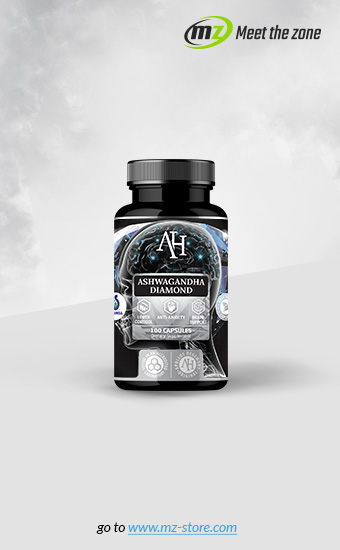There is a lot of controversy around the statement that diet has influence on the appearance of our skin, including the occurrence of various pimples and acne. In general opinion, this conviction usually is considered to be true. The idea that diet influences skin is not new. As early as at the turn of the XIX and XX centuries people paid attention to the relationship between eating certain products and the state of skin.
History
At the turn of the XIX and XX centuries scientists drew attention to the fact that certain dishes may have influence on the appearance of pimples.
In 1921 scientists discovered the relationship between eating chocolate and the development of sebum and at the same time the creation of pimples on skin. At that time, people who suffered from acne were advised to quit eating chocolate products.
In the 1930’s the relationship between acne and improper glucose metabolism was discovered. This finding caused recommendations to avoid carbohydrates and products with high glycemic index. In 1949 acne was related to the intake of fat cow’s milk. In relation to the above, it was recommended to limit the intake of fatty dairy products.
However, all of this changed in 1970s. Earlier discoveries were trashed. Two studies from the year 1969 and 1971 had key influence on such an extreme change of views. As a result of this, for the subsequent 30-40 years a notion that diet has no influence on acne dominated.
Dubious research methods
However, it turns out that the research method that were applied left much to be desired.
The study carried out in 1969 engaged 65 young people dealing with the problem of acne. The study lasted only 4 weeks. Half of the group received a bar of chocolate every day and the other half a bar of “placebo chocolate”. The improvement or deterioration of skin condition was evaluated by counting pimples on their faces.
As a result of this study no relation between eating chocolate and acne was proven.
This experiment has many gaps. The number of subjects was too small, the study was too short, “placebo chocolate” contained more sugars than regular chocolate and cocoa butter was replaced by hydrogenated vegetable fat. What is more – researchers did not control food that was eaten by the subject during the rest of the day.
The next study included even fewer people, only 27 students. They were divided into two (uneven) groups. One group was supposed to follow their usual diets (no idea how this diet looked like), another group was supposed to eat more chocolate and peanuts and drink more milk and sweet sparkling drinks. The whole experiment took only a week. On the basis of this study, a conclusion was drawn that diet had no influence on acne.
New approach
As late as in 2002 the topic of the influence of diet on acne again became popular.
It was proven in a few studies that skin problems did not appear among hunter-gatherer societies. The problem of acne was unknown to the residents of the Kitava island as well as to Canadian Intuits or the residents of Papua New Guinea before they tried the cuisine of the Western World. The newest studies notice the dependence between the intensive appearance of acne and drinking cow’s milk. Interestingly – especially skimmed milk.
Attention is also drawn to the intake of carbohydrates and glycemic index. Eating products with high glycemic index may contribute to more intensive secretion of insulin, which in turn stimulates IGF-1 – also known as somatomedin-C, which influences the stimulation of the production of androgens, which increase the amount of sebum.
What is more, scientists draw a lot of attention to the disorders of intestinal microflora and oxidative stress. These factors may have key influence on developing acne. More and more often the meaning of brain-gut-skin axis is discussed. The disorders in the area of this axis may appear as a result of chronic inflammations, improper glycaemia, oxidative stress, which in turn may lead to skin changes. Dermatologists usually take this relation between food and acne with a pinch of salt, but scientific research in fact proves this dependency.
Dietary recommendations

General recommendations regarding nutrition in case of acne are usually limited to restrictions in the intake of sweet and fatty products. However, such a statement is not precise.
Not everything that is “sweet” or “fatty” should be eliminated from a diet or limited.
It is important to eliminate trans fats and refined sugars. They can be found mainly in sweets, sweet drinks, confectionary, sweet cereals, margarines and stock cubes.
The excess of vegetable fatty acids – Omega 6 in relation to the intake of fatty acids Omega 3 may also have negative influence on the appearance of skin. Omega 6 fatty acids are present mainly in sunflower oil, grape seed oil, soya oil, sunflower, pumpkin seeds, but also in meat. The intake of fresh fruit (which are also the source of simple sugars) and also fatty sea fish, olive oil, linseed oil and non-roasted nuts and seeds – e.g. almonds and walnuts (which are the source of fats) have positive influence on the state of skin.
In case of problems with acne, it is recommended to limit the intake of dairy products (yogurts, curd cheese). When limiting the intake of dairy products it is worth modifying a diet in a proper way in order to provide a sufficient amount of calcium.
Diet and acne - summary
Summing up, the influence of diet on the state of skin raise much controversy. It is worth taking into account the fact that regardless of whether we do suffer from skin problems or not, introducing the proposed changes constitutes a beneficial modification.
